Home>Garden Essentials>What Should Be In The Dramatic Play Area
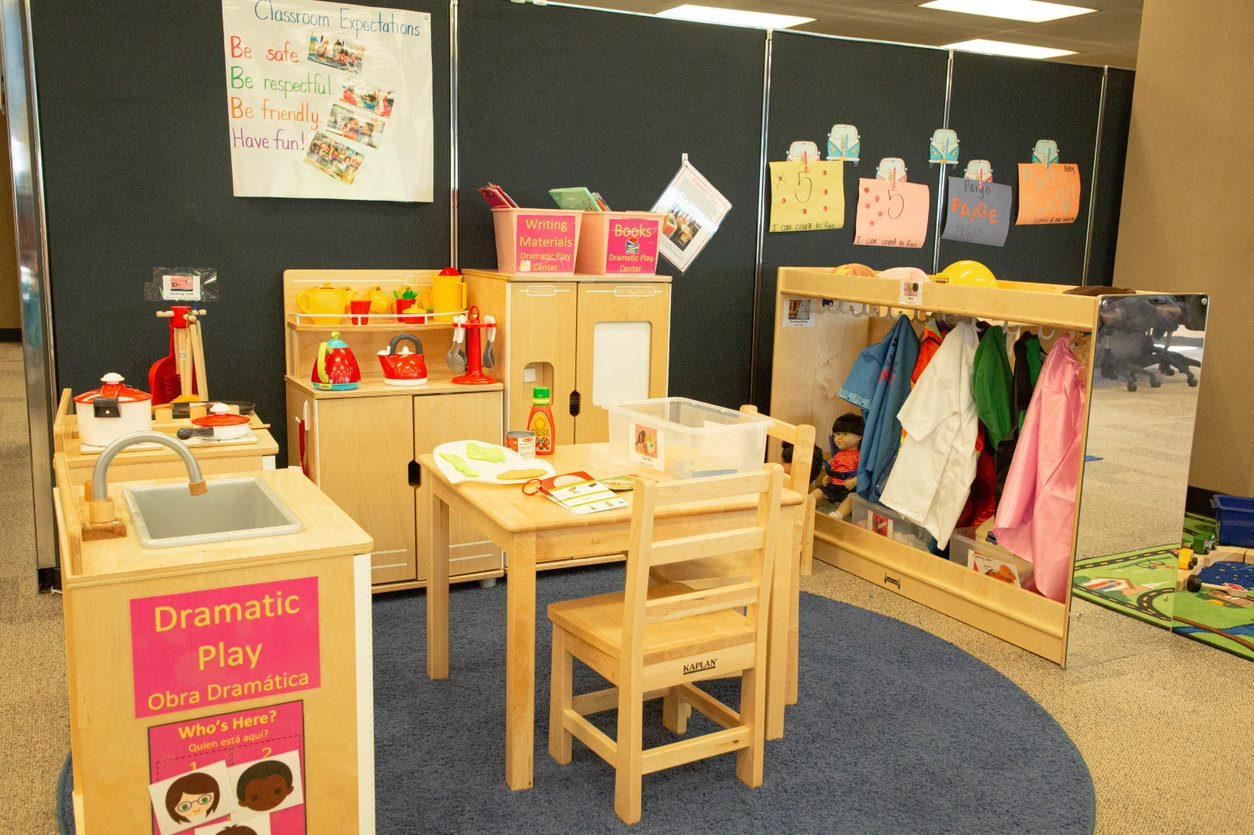

Garden Essentials
What Should Be In The Dramatic Play Area
Modified: March 7, 2024
Discover what should be included in the dramatic play area, with a special focus on creating a garden-themed play space for imaginative and interactive play.
(Many of the links in this article redirect to a specific reviewed product. Your purchase of these products through affiliate links helps to generate commission for Storables.com, at no extra cost. Learn more)
Introduction
Welcome to the wonderful world of dramatic play! In early childhood education, the dramatic play area is a crucial component of a well-rounded curriculum. This area provides children with the opportunity to engage in imaginative play, where they can step into different roles, explore their creativity, and develop essential skills.
Dramatic play allows children to act out real-life scenarios, take on different characters, and make sense of the world around them. It is a vital aspect of their development, fostering social, emotional, cognitive, and language skills. By providing children with a designated space for dramatic play, educators and parents can support and promote their holistic development.
In this article, we will explore the importance of the dramatic play area in early childhood education and provide practical tips on how to create an engaging and stimulating space for children. We will also discuss the essential materials and props needed, as well as how to incorporate different themes to spark children’s imagination. Furthermore, we will dive into the benefits of dramatic play in promoting language and social skills, problem-solving abilities, and creativity. Lastly, we will touch upon important safety considerations for the dramatic play area.
So, prepare to embark on a journey into the magical world of dramatic play, where imaginations flourish, friendships blossom, and learning takes center stage!
Key Takeaways:
- Dramatic play areas are like magical playgrounds where kids can pretend to be anyone or anything, helping them learn, make friends, and have fun while growing up.
- By using cool props and themes, the dramatic play area helps kids learn new words, solve problems, and become super creative while playing with their friends.
Read more: What Is Learned In A Dramatic Play Area
Importance of Dramatic Play Area in Early Childhood Education
The dramatic play area holds immense importance in early childhood education. It serves as a valuable platform where children can engage in rich, imaginative play experiences that contribute to their overall development.
One of the key benefits of the dramatic play area is its ability to support social-emotional development. As children role play and interact with their peers, they learn important skills such as empathy, cooperation, and communication. Through pretend play scenarios, they explore different emotions and practice problem-solving techniques, enhancing their emotional intelligence and resilience.
Additionally, the dramatic play area nurtures cognitive development. As children engage in make-believe play, they exercise their critical thinking, decision-making, and planning skills. They learn to navigate social situations and make sense of the world around them. This type of play also helps children develop concentration, memory, and self-regulation abilities as they immerse themselves in their roles and storylines.
Language development is another significant aspect of the dramatic play area. Through imaginative play, children are exposed to new vocabulary, phrases, and sentence structures. They have the opportunity to practice their language skills as they communicate with others, negotiate roles, and express their thoughts and ideas. This contributes to the expansion of their vocabulary and the development of their speaking and listening abilities.
Moreover, dramatic play fosters creativity and imagination. By engaging in pretend play, children are encouraged to think outside the box, invent new ideas, and stretch their imaginations. They create narratives, invent scenarios, and problem-solve in a safe and supportive environment. This type of play allows children to explore different roles, experiment with different perspectives, and develop a sense of agency and self-expression.
The dramatic play area also promotes physical development. As children engage in active play, they refine their fine and gross motor skills. They manipulate props, dress up in costumes, and engage in movement-based activities, strengthening their muscles and coordination.
Overall, the dramatic play area is an essential component of early childhood education. It fosters social-emotional, cognitive, language, and physical development in a holistic and age-appropriate manner. Through imaginative play, children are empowered to explore, create, and learn, setting a strong foundation for future academic and personal success.
Creating an Engaging Dramatic Play Area
When designing a dramatic play area, the goal is to create an environment that sparks imagination, encourages exploration, and invites children to engage in pretend play. Here are some essential tips for creating an engaging dramatic play area:
- Space and Layout: Choose an area with enough space to accommodate different play scenarios. Dedicate a specific corner or section of the room for dramatic play. Use dividers or furniture to create distinct areas within the space, such as a kitchen, doctor’s office, or grocery store.
- Thematic Design: Select a theme or multiple themes for your dramatic play area. This could include a home corner, a restaurant, a space station, a vet clinic, or a post office. Having a theme helps to set the stage and provides a context for children’s play.
- Props and Materials: Fill the area with age-appropriate props and materials that support the chosen theme(s). Include items such as play food, costumes, puppets, kitchen utensils, cleaning supplies, doctor’s tools, cash registers, and mailboxes. Incorporate a variety of textures, shapes, and colors to stimulate children’s senses.
- Role-Playing Area: Create designated spaces for children to take on different roles and immerse themselves in the play scenarios. This could include a kitchen area with a stove and sink, a dressing area with costumes and mirrors, or a stage area for performances. Providing specific areas for different roles gives children a sense of ownership over their play and encourages imaginative storytelling.
- Open-Ended Materials: Include open-ended materials that allow for multiple uses and creative exploration. Examples include blocks, scarves, cardboard boxes, and fabric. These materials encourage children to engage in open-ended play, where they can build, create, and adapt their play scenarios.
- Display Visuals: Add visuals, such as posters, signs, or pictures, that enhance the theme and contribute to the atmosphere of the dramatic play area. For instance, you can include a menu board in a restaurant theme or a map in an explorer theme. These visuals provide prompts and inspiration for children’s play.
- Organizational Systems: Introduce clear organizational systems to help children maintain order and responsibility within the dramatic play area. Use labeled storage bins or shelves to store props and materials. Teach children to clean up after themselves and to put items back in their designated places once they are done playing.
- Flexible Design: Keep the design of the dramatic play area flexible and open to changes. Rotate props, materials, and themes periodically to keep children’s interest and to introduce new opportunities for play. Invite children’s input and incorporate their ideas into the design to foster a sense of ownership and collaboration.
By following these tips, you can create an engaging and dynamic dramatic play area that stimulates children’s imagination, encourages role-play, and supports their overall development.
Essential Materials for a Dramatic Play Area
When setting up a dramatic play area, it is important to provide children with a variety of props and materials that will enhance their imaginative play experiences. Here are some essential materials to consider:
- Costumes and Dress-Up Clothes: Include a wide selection of costumes and dress-up clothes that represent different roles and characters. This could include doctor coats, chef hats, superhero capes, firefighter jackets, and princess dresses. Having a range of costumes allows children to explore different roles and immerse themselves in their pretend play adventures.
- Props for Pretend Play: Stock the dramatic play area with props that correspond to the chosen theme(s). For example, if the theme is a grocery store, include play food, grocery carts, cash registers, and shopping baskets. If the theme is a post office, include envelopes, stamps, mailboxes, and a scale. These props provide authenticity to the play scenarios and fuel children’s imagination.
- Imaginative Play Accessories: Consider including accessories that enhance imaginative play. This can include items like wands, crowns, masks, purses, wallets, phones, and briefcases. These accessories allow children to add more depth and creativity to their play, and can often spark new storylines and role-playing opportunities.
- Household Items: Don’t overlook the value of everyday household items for dramatic play. Include items like pots, pans, utensils, dishes, brooms, mops, and cleaning supplies. These items can be transformed into props for a kitchen, a restaurant, or a cleaning service, allowing children to engage in real-life scenarios and develop their role-playing skills.
- Writing Materials: Add writing materials such as notepads, pens, pencils, and clipboards to your dramatic play area. These materials can be used for taking orders in a restaurant, writing prescriptions in a doctor’s office, or jotting down shopping lists at a grocery store. Incorporating writing materials encourages literacy skills and adds another layer of authenticity to the play experience.
- Puppets and Stuffed Animals: Include puppets and stuffed animals in the dramatic play area to encourage storytelling and enhance social interaction. These props can serve as companions, customers, or even patients, depending on the play scenario. They provide children with opportunities to practice communication skills, express emotions, and engage in dialogue.
- Play Money and Cash Register: Introduce play money and a cash register to the dramatic play area to enhance mathematical skills and understanding of commerce. Children can practice counting, sorting, and making change as they engage in role-playing activities involving buying and selling.
- Decorative Elements: Add decorative elements such as curtains, rugs, pillows, and wall decals that contribute to the atmosphere and theme of the dramatic play area. These elements help create a visually appealing and immersive environment for children’s play.
Remember, the materials in the dramatic play area should be safe, age-appropriate, and easily accessible for the children. By providing these essential materials, you will create a rich and engaging play experience that stimulates their imagination, promotes role-play, and supports their overall development.
Role-Playing Props for Imaginative Play
Role-playing props are essential elements of the dramatic play area as they provide children with the tools they need to fully immerse themselves in their role-play scenarios. These props help fuel their imagination, spark creativity, and enhance the overall play experience. Here are some role-playing props that can elevate children’s imaginative play:
- Kitchen and Cooking Props: Include play kitchen utensils, pots, pans, cutting boards, and food items such as fruits, vegetables, and play dishes. These props allow children to take on the role of chefs, prepare meals, and engage in pretend cooking adventures.
- Medical Props: Set up a doctor’s office with props such as stethoscopes, bandages, doctor coats, syringes, and play medical tools. These props enable children to play the role of doctors, nurses, or patients, giving them the opportunity to explore medical scenarios and develop their understanding of healthcare.
- Construction and Building Props: Provide construction hats, safety vests, tool belts, blocks, toy tools, and blueprints in the dramatic play area. Children can become builders, architects, or engineers, constructing buildings, bridges, and structures in their imaginative play.
- Store and Market Props: Stock the dramatic play area with cash registers, play money, shopping baskets, pretend groceries, and shopping bags. These props allow children to become shopkeepers, customers, or even cashiers, promoting role-play centered around buying, selling, and customer service.
- Adventure and Exploration Props: Include magnifying glasses, binoculars, backpacks, maps, and explorer hats for children to engage in adventurous and exploratory role-play. These props inspire children to become explorers, scientists, or wildlife enthusiasts, and encourage them to embark on exciting imaginary expeditions.
- Costumes and Dress-Up Clothes: Offer a wide selection of costumes and dress-up clothes that represent various professions and characters. From firefighters and astronauts to princesses and superheroes, these costumes allow children to fully embody their chosen roles and bring their imaginative play to life.
- Puppet Theater and Puppets: Set up a puppet theater with puppets of animals, people, and fantasy creatures. Puppets offer endless opportunities for storytelling, dialogue, and social interaction. They provide children with a means to express themselves and develop their communication and language skills.
- Transportation Props: Provide a range of transportation props such as toy cars, trains, airplanes, and boats. These props enable children to engage in pretend travel, becoming pilots, drivers, or captains as they embark on exciting journeys and explore different destinations.
These role-playing props can be rotated or expanded upon depending on the interests and themes that the children are engaged in. By providing a variety of props that align with different professions and scenarios, children can fully immerse themselves in their imaginative play, making it more enjoyable and enriching.
Consider including a variety of props and costumes that encourage imaginative play, such as dress-up clothes, play food, and dolls or action figures. Rotate items regularly to keep the area fresh and engaging.
Incorporating Different Themes in the Dramatic Play Area
One of the exciting aspects of the dramatic play area is the ability to incorporate different themes that cater to children’s interests and spark their imagination. By introducing a variety of themes, educators and parents can keep the play area fresh and engaging, encouraging children to explore new roles, storylines, and play scenarios. Here are some ideas for incorporating different themes into the dramatic play area:
- Home Corner: Create a cozy home corner where children can take on the roles of family members. Include props such as furniture, play kitchen items, dolls, and stuffed animals. This theme allows children to engage in imaginative play centered around family dynamics, everyday routines, and household responsibilities.
- Restaurant: Transform the dramatic play area into a restaurant setting. Set up tables, chairs, menus, and a play kitchen. Add props like play food, plates, and utensils. This theme promotes creativity as children take on the roles of chefs, waiters, and customers, allowing them to practice communication, social skills, and cooperation.
- Post Office: Create a post office theme within the dramatic play area. Set up mailboxes, envelopes, stamps, and a play mail sorting area. Children can take on the roles of postal workers, writing letters, stamping envelopes, and delivering mail. This theme encourages literacy skills, writing practice, and community awareness.
- Marketplace: Designate an area as a marketplace where children can engage in pretend buying and selling. Set up stalls, shelves, and a cash register. Include props like play money, fruits, vegetables, and other grocery items. This theme allows children to play the role of shopkeepers and customers, practicing math skills, negotiation, and cooperation.
- Doctor’s Office: Transform a section of the dramatic play area into a doctor’s office. Provide props like doctor coats, pretend medical tools, bandages, and a waiting area. Children can take on the roles of doctors, nurses, and patients, engaging in pretend medical check-ups and treatments. This theme promotes empathy, communication, and understanding of healthcare.
- Space Station: Create a space-themed play area to ignite children’s interest in outer space. Use blue, black, and silver decorations to create a cosmic atmosphere. Include props such as astronaut costumes, space shuttle models, and communication devices. Children can embark on imaginary space explorations and engage in role-play as astronauts or scientists.
- Veterinary Clinic: Set up a veterinary clinic theme within the dramatic play area. Provide props like stuffed animals, pet carriers, medical tools, and examination tables. Children can take on the roles of veterinarians, caring for their “animal patients” and learning about empathy, responsibility, and the importance of animal welfare.
- Construction Site: Create a construction site theme where children can play the role of builders and engineers. Provide props such as construction hats, safety vests, tools, and building blocks. This theme encourages teamwork, problem-solving, and fine motor skills as children engage in imaginative construction projects.
Don’t be afraid to switch themes periodically to keep the dramatic play area fresh and exciting. By incorporating different themes, you provide children with a variety of play experiences that stimulate their creativity, encourage role-play, and allow them to explore the world around them.
Promoting Language and Social Skills through Dramatic Play
Dramatic play is not only a source of endless fun and creativity; it also offers numerous opportunities to promote language and social skills development in children. By engaging in pretend play scenarios and interacting with their peers, children can enhance their communication abilities, expand their vocabulary, and develop important social-emotional skills. Here’s how dramatic play supports language and social skills:
Language Development:
Expanding Vocabulary: During dramatic play, children are exposed to new words and phrases related to the roles they are taking on. Whether they are engaging in a restaurant theme, a doctor’s office, or a space adventure, they encounter vocabulary specific to that scenario. This exposure helps expand their vocabulary and develop their understanding of different concepts.
Developing Speaking and Listening Skills: Engaging in dramatic play requires children to express themselves verbally, sharing their thoughts, ideas, and desires with others. As they portray different roles, they practice speaking in character, using appropriate language and tone. Additionally, dramatic play promotes active listening as children engage in conversation, respond to others’ cues, and actively participate in dialogue.
Enhancing Storytelling and Narrative Skills: Dramatic play encourages children to create narratives, develop storylines, and engage in imaginative storytelling. They practice sequencing events, developing characters, and describing their play experiences. This enhances their storytelling and narrative skills, fostering their ability to structure their thoughts and express themselves coherently.
Social Skills Development:
Promoting Cooperation and Collaboration: Dramatic play provides children with the opportunity to work together, collaborate, and negotiate with their peers. As they engage in role-play scenarios, they learn to take turns, share responsibilities, and compromise. They practice cooperating to achieve common goals, which enhances their ability to work effectively in group settings.
Building Empathy and Perspective-Taking: Pretend play allows children to step into different roles and perspectives, fostering empathy and understanding. They learn to consider the emotions and needs of others as they take on various character roles. This enhances their ability to empathize and develop a broader perspective of the world around them.
Practicing Problem-Solving and Conflict Resolution: During dramatic play, children encounter different challenges and conflicts. Whether it’s deciding on a restaurant menu, figuring out how to build a structure, or resolving a disagreement between characters, they are constantly faced with problem-solving situations. They learn to think critically, come up with creative solutions, and work through conflicts to reach resolutions.
Developing Self-Regulation and Emotional Intelligence: Engaging in imaginative play allows children to explore and express their emotions in a safe environment. They learn to regulate their emotions and reactions as they navigate various play scenarios. They also develop their emotional intelligence by understanding and recognizing emotions in themselves and others.
By incorporating dramatic play into early childhood education, educators and parents play a vital role in promoting children’s language and social skills. Through pretend play, children are provided with a rich and interactive environment where they can communicate, collaborate, problem-solve, and develop a deeper understanding of themselves and others.
Encouraging Problem-Solving and Creativity in the Dramatic Play Area
The dramatic play area offers a wonderful opportunity for children to engage in problem-solving and unleash their creativity. This imaginative play setting allows children to explore different roles, invent scenarios, and navigate challenges, fostering their problem-solving skills and encouraging their creativity. Here’s how you can encourage problem-solving and creativity in the dramatic play area:
Open-Ended Play:
Provide open-ended materials and props that allow children to use their creativity and problem-solving abilities. Items such as blocks, scarves, fabric, cardboard boxes, and loose parts can be transformed into a variety of objects. These materials promote imaginative thinking, allowing children to come up with creative solutions and engage in open-ended play scenarios.
Prompting Questions:
Ask thought-provoking questions to encourage children to think critically and problem solve in the dramatic play area. For example, if they are playing in a restaurant theme, you can ask them, “What can you do if a customer wants something that is not on the menu?” or “How can you solve a problem if you run out of ingredients?” These questions prompt children to think creatively and find solutions to challenges that may arise in their play scenarios.
Role-Play Scenarios:
Introduce role-play scenarios that require problem-solving and creativity. For example, set up a construction site where children need to figure out how to build a stable structure or create a supermarket where they need to organize and price items. These scenarios present children with challenges that require them to think critically and use their imagination to come up with solutions.
Flexible Props and Materials:
Ensure that the props and materials in the dramatic play area can be manipulated and adapted by children. This allows them to explore different possibilities and experiment with different ideas. For example, include props like movable furniture, magnetic or interchangeable parts, and costumes that can be customized. These flexible materials encourage children to think creatively and problem solve as they adapt the props to fit their play scenarios.
Encourage Collaboration:
Promote collaboration and teamwork in the dramatic play area. Encourage children to work together to solve challenges, make decisions, and create shared narratives. This encourages them to communicate, consider multiple perspectives, and think collectively to come up with solutions and ideas.
Acknowledge and Celebrate Creativity:
Recognize and appreciate children’s creativity in the dramatic play area. Take the time to acknowledge their unique ideas, problem-solving approaches, and imaginative play scenarios. Offer positive feedback and encouragement, which will further motivate them to explore their creativity and think outside of the box.
By incorporating problem-solving opportunities and fostering creativity in the dramatic play area, you provide children with a platform to develop essential skills such as critical thinking, innovation, and adaptability. These skills are not only important for their imaginative play but also for their future academic and personal success.
Safety Considerations for the Dramatic Play Area
Creating a safe environment is of utmost importance in the dramatic play area to ensure the well-being and security of children. Here are some key safety considerations to keep in mind when setting up and maintaining the dramatic play area:
Age-Appropriate Props and Materials:
Ensure that all props and materials in the dramatic play area are age-appropriate and safe for children. Avoid small objects that could pose a choking hazard, sharp or pointed items, and materials that could cause injury. Regularly inspect and replace any damaged or worn-out props to maintain a safe play environment.
Sturdy and Stable Furniture:
Choose furniture that is sturdy and stable, especially if it will be used as part of the dramatic play area. Ensure that items such as tables, chairs, and shelves are properly assembled and secured to prevent accidents or tipping over during play. Take into consideration the weight capacity of furniture to prevent it from collapsing under the weight of active play.
Safe Flooring:
Ensure that the flooring in the dramatic play area is safe for children’s play activities. Select a surface that is slip-resistant and provides cushioning to prevent injuries from falls. Consider using mats or carpets to provide a soft landing surface and reduce the risk of slips and trips.
Supervision:
Children should always be supervised when engaging in dramatic play to ensure their safety. Adults or educators should be present in the play area to monitor children’s activities, guide their play, and intervene if any unsafe situations arise. Regularly interact with children to ensure they are using the props and materials properly and without risk of harm.
Emergency Preparedness:
Be prepared for emergencies by having a well-stocked first aid kit readily available in or near the dramatic play area. Make sure all caregivers or educators present are trained in basic first aid and CPR. Establish and communicate clear emergency procedures in case of accidents or injuries, ensuring that all adults and children are aware of how to respond in an emergency situation.
Safe Storage of Props and Materials:
Store props and materials in a safe and organized manner when they are not in use. Use labeled and easily accessible storage containers or shelves to prevent clutter and trip hazards. Keep small or potentially dangerous items out of reach of young children to minimize the risk of accidents.
Regular Maintenance and Cleaning:
Regularly inspect the dramatic play area and its props for any signs of wear, damage, or hazards. Repair or replace any broken or unsafe items promptly. Clean and sanitize props, costumes, and materials on a scheduled basis to maintain hygiene and prevent the spread of germs.
By incorporating these safety considerations into the design and maintenance of the dramatic play area, children can enjoy their playtime in a secure and protected environment. A safe play area not only enhances their physical well-being but also promotes their engagement, creativity, and learning.
Conclusion
The dramatic play area is a vital component of early childhood education as it provides children with a platform for imaginative play, creativity, and skill development. Through engaging in pretend play and role-play scenarios, children have the opportunity to explore different roles, develop their language and social skills, solve problems, and unleash their creativity.
Creating an engaging dramatic play area requires careful consideration of the space, layout, and themed props and materials. By incorporating different themes, such as a home corner, restaurant, or post office, children’s imaginations are sparked, and they are encouraged to explore new roles and storylines.
The use of role-playing props and open-ended materials further enhances the play experience, allowing children to fully immerse themselves in their pretend scenarios. The inclusion of costumes, puppets, and other accessories fosters storytelling, communication, and creativity.
Within the dramatic play area, children develop crucial language and social skills. They expand their vocabulary, practice speaking and listening skills, and enhance their storytelling and narrative abilities. Engaging in pretend play also promotes cooperation, empathy, problem-solving, and conflict resolution, enabling children to build important social-emotional skills.
Moreover, the dramatic play area is a space where children can exercise their problem-solving abilities and enhance their creativity. By providing open-ended materials, prompting questions, and allowing for collaborative play, children are encouraged to think critically, think outside the box, and find innovative solutions.
As educators and parents, it is crucial to prioritize safety in the dramatic play area. Choosing age-appropriate props and materials, maintaining sturdy furniture, providing safe flooring, and ensuring constant supervision contribute to creating a secure play environment for children.
In conclusion, the dramatic play area serves as a rich and dynamic space for children’s growth and development. By incorporating imaginative play, language development, social skills, problem-solving, and creativity, the dramatic play area cultivates a supportive and engaging learning environment where children can flourish. Through play, children build the foundation for a lifetime of curiosity, exploration, and holistic development.
Frequently Asked Questions about What Should Be In The Dramatic Play Area
Was this page helpful?
At Storables.com, we guarantee accurate and reliable information. Our content, validated by Expert Board Contributors, is crafted following stringent Editorial Policies. We're committed to providing you with well-researched, expert-backed insights for all your informational needs.

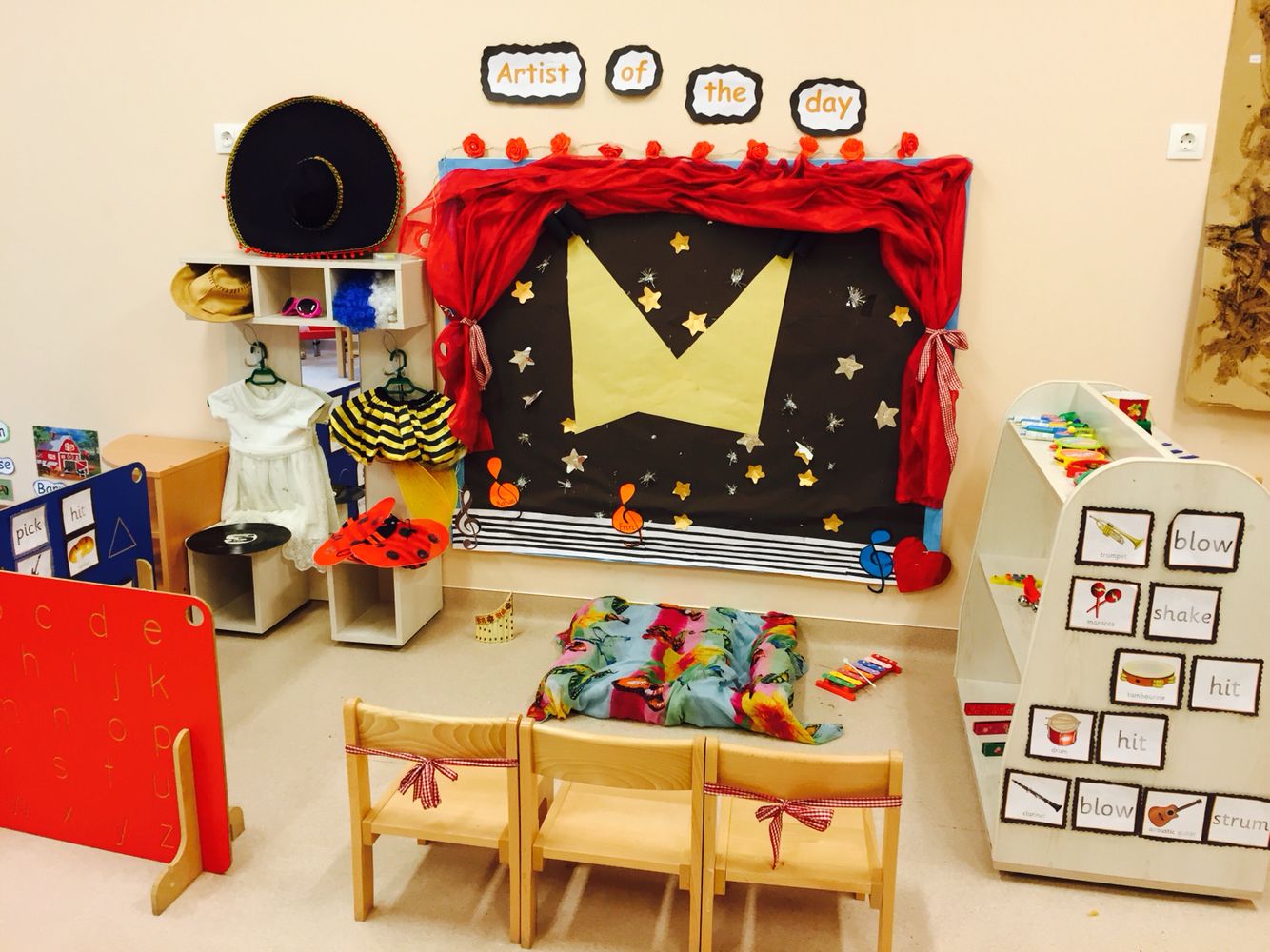
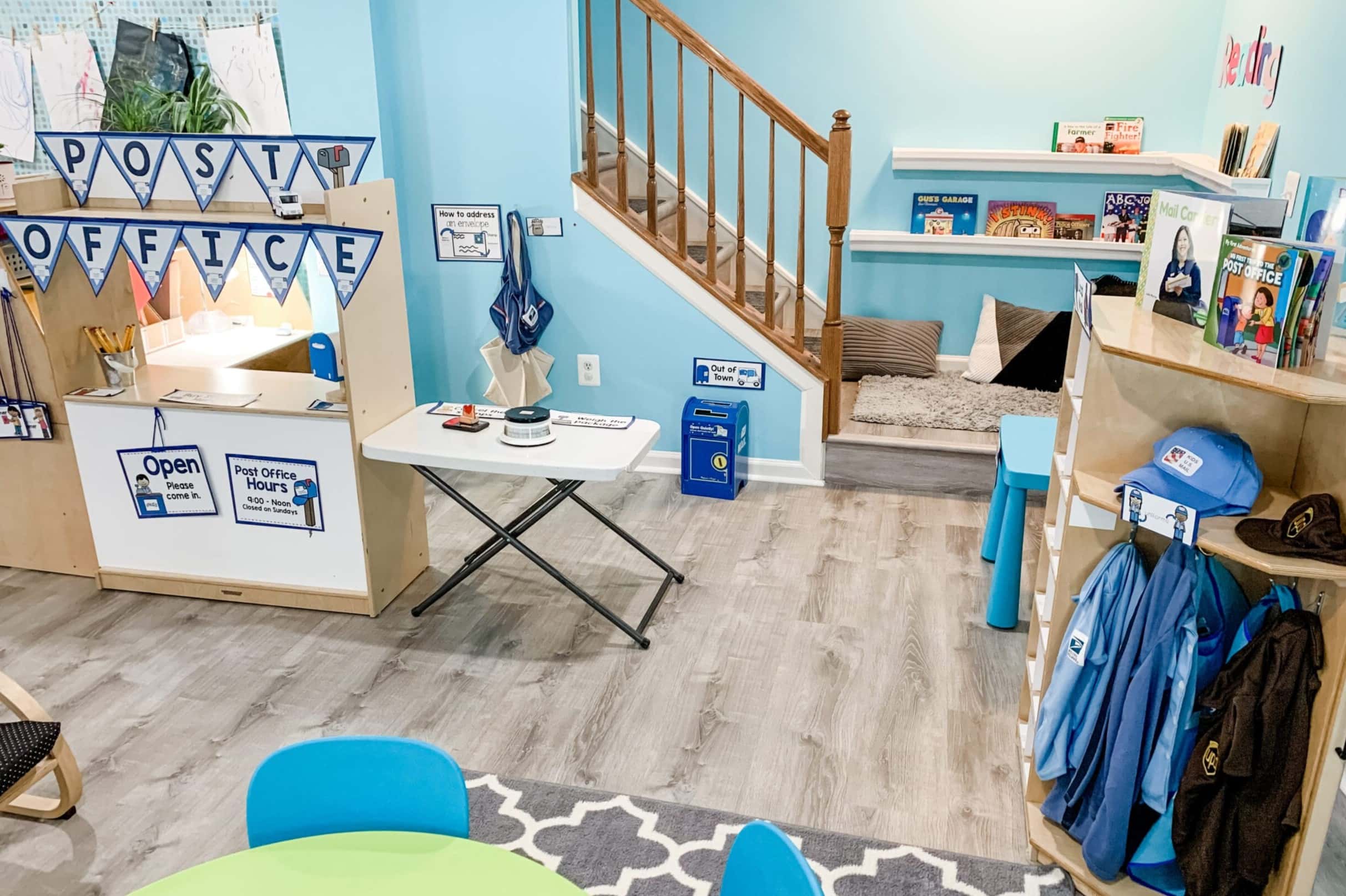
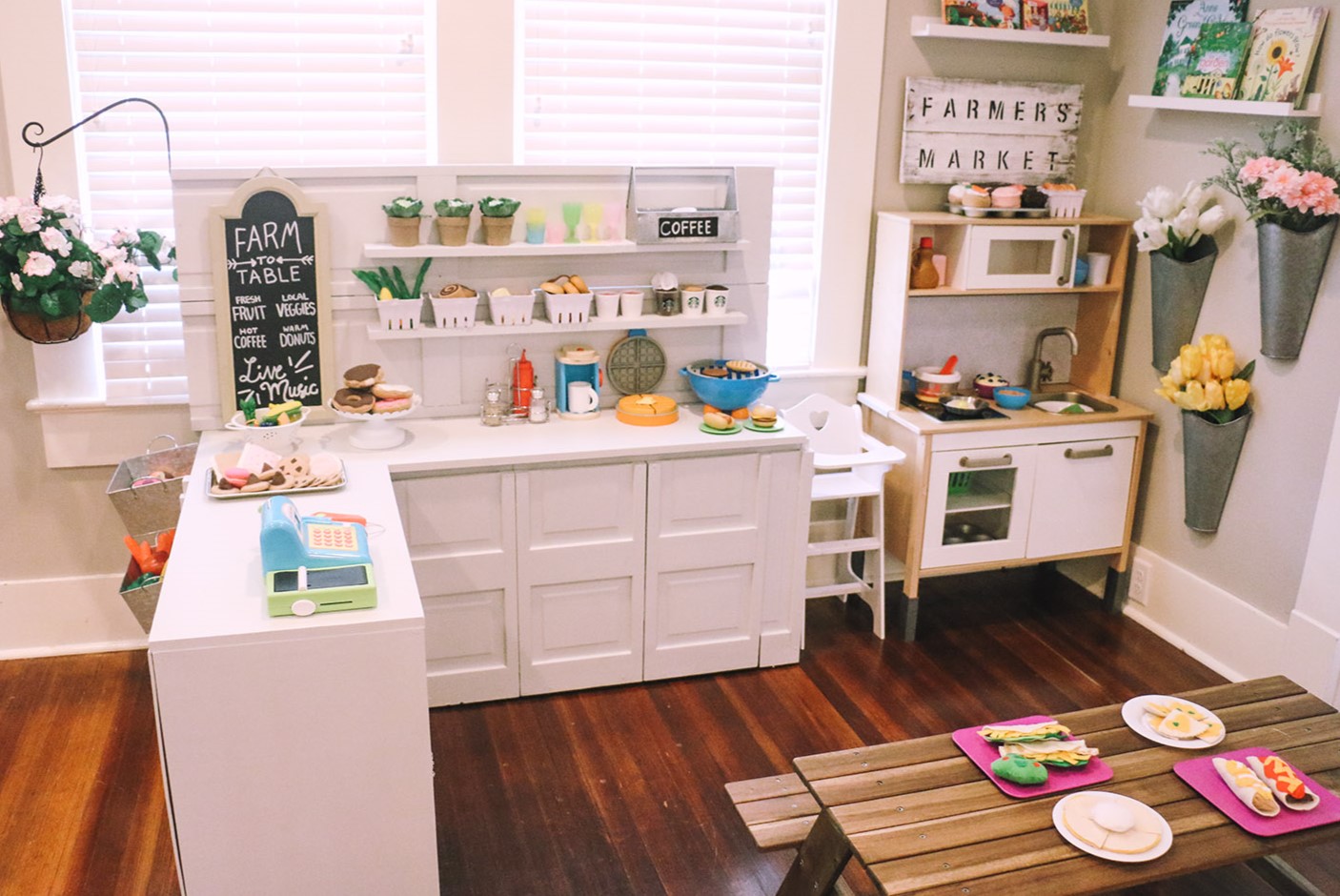
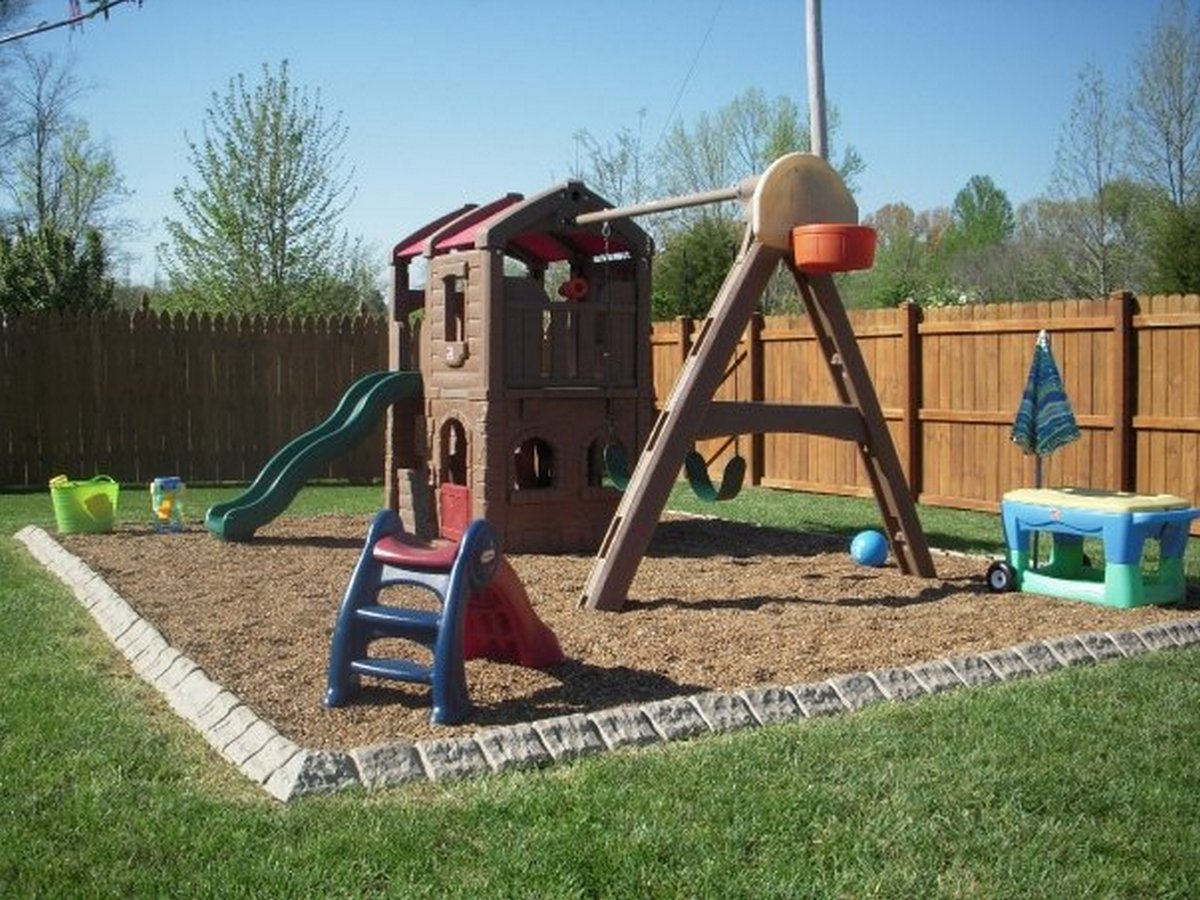

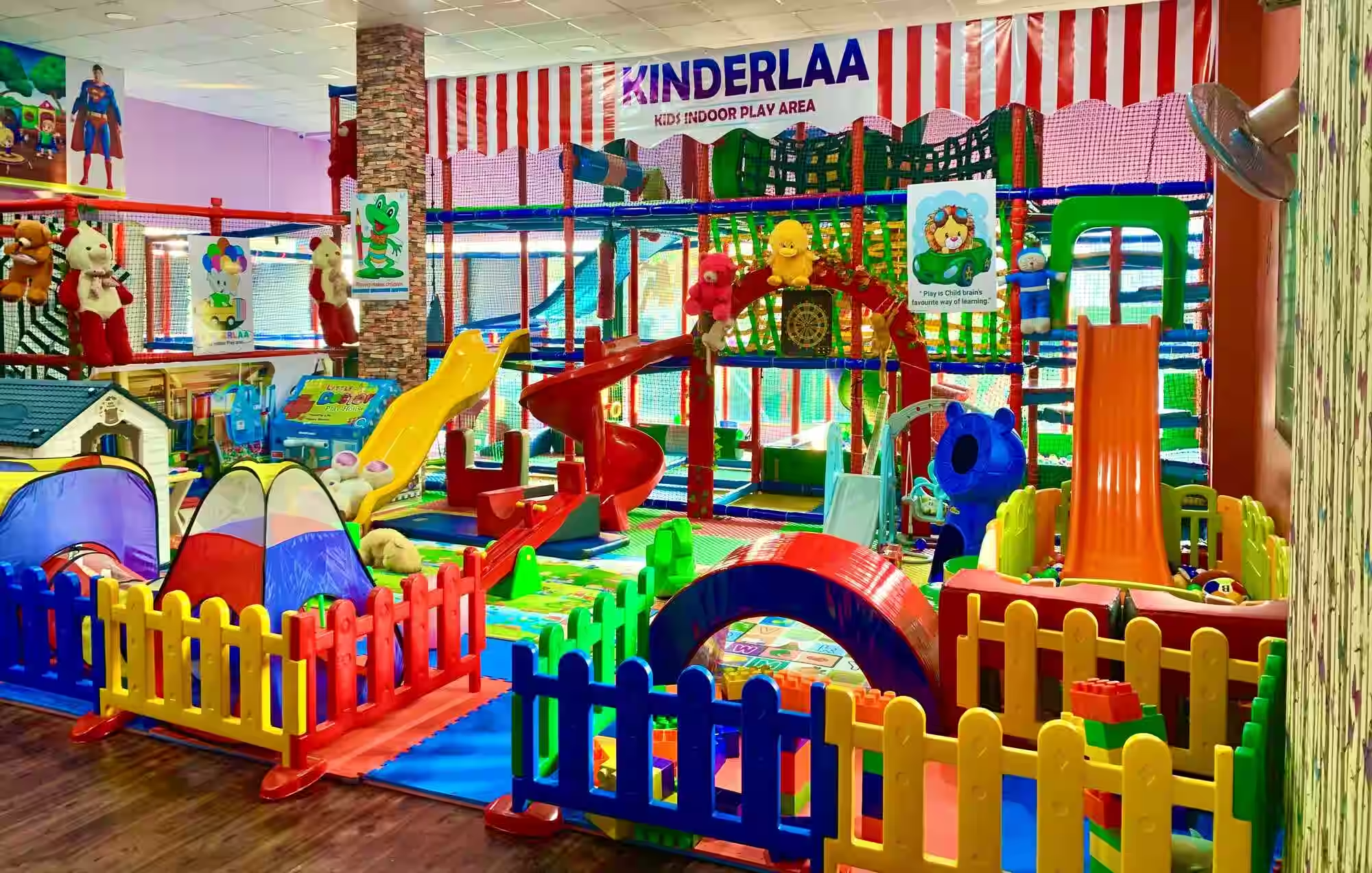
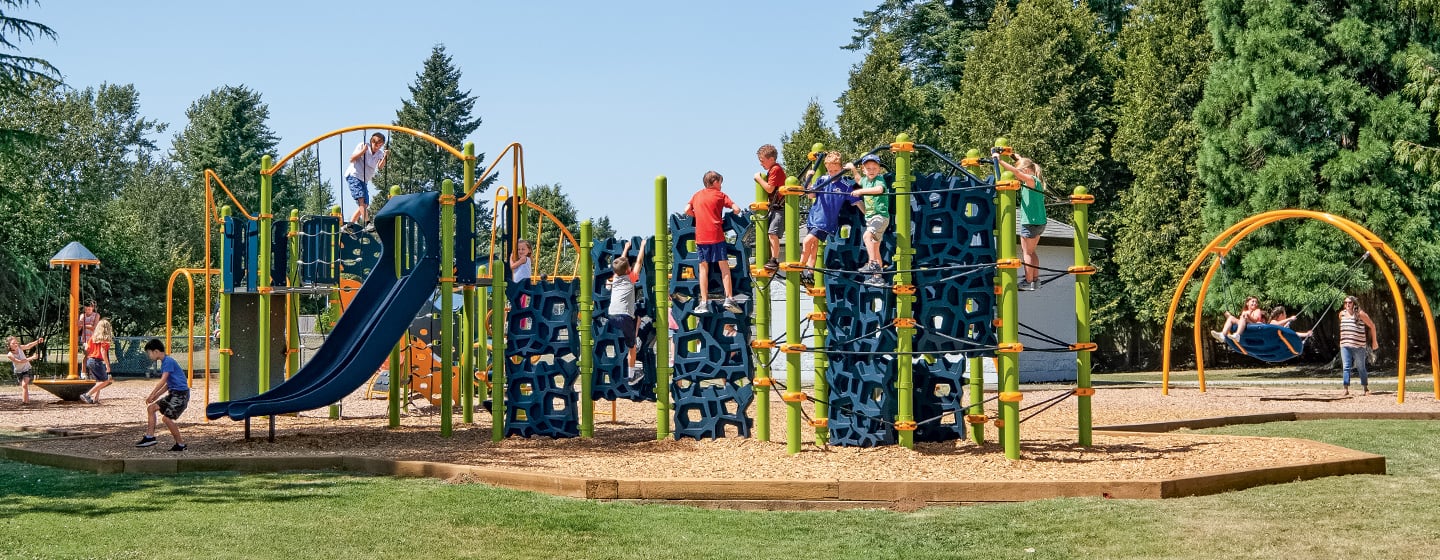
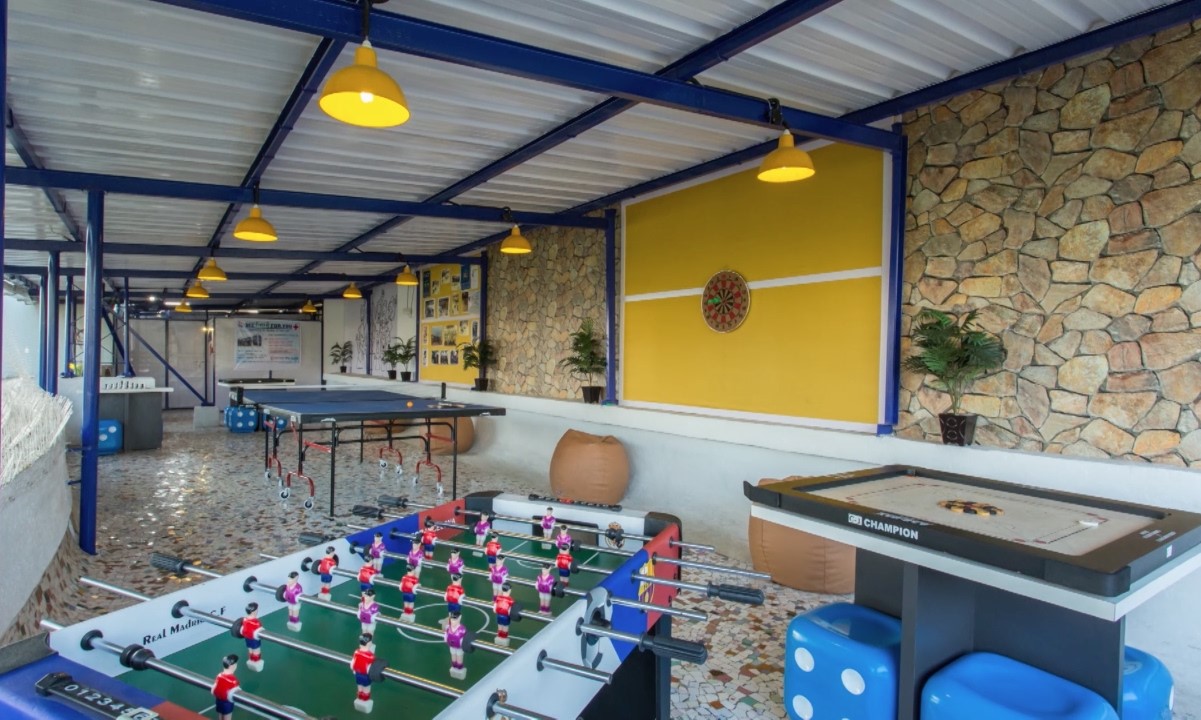
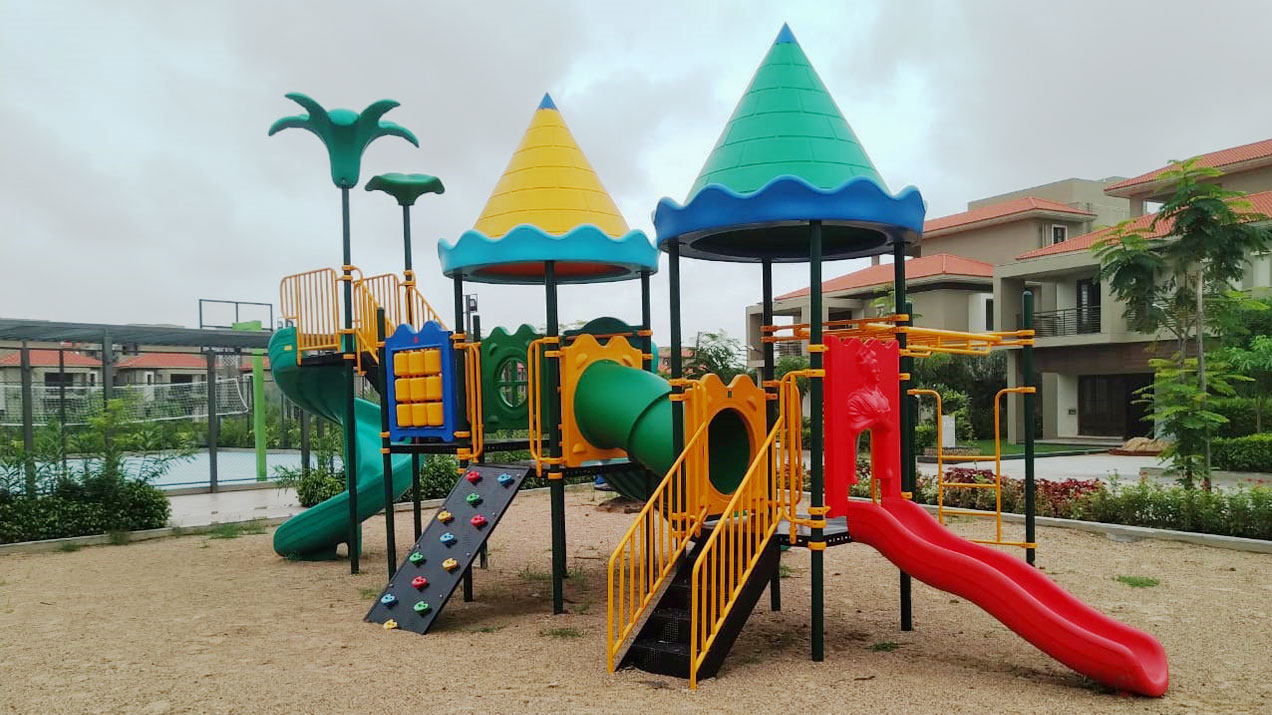
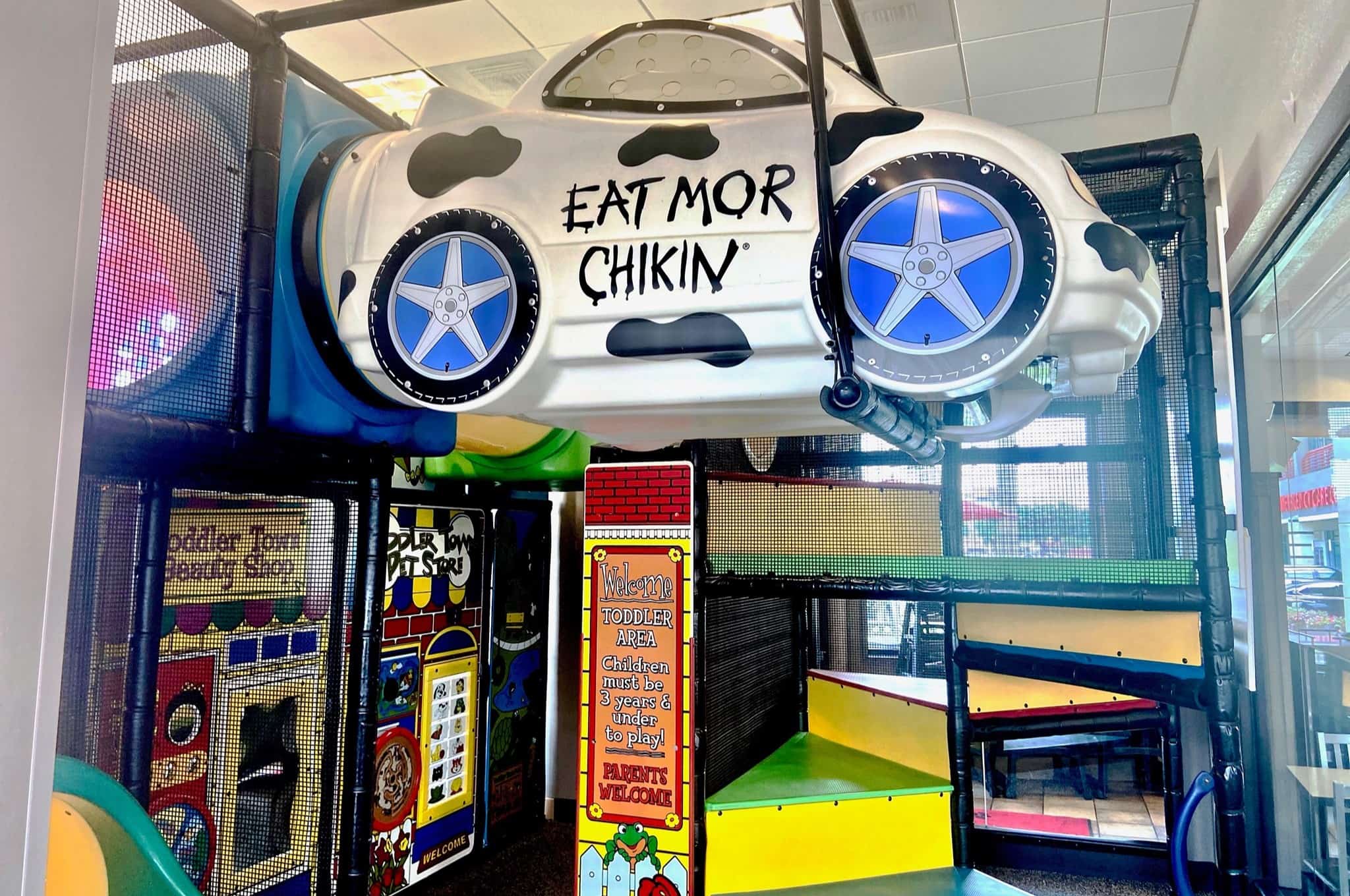
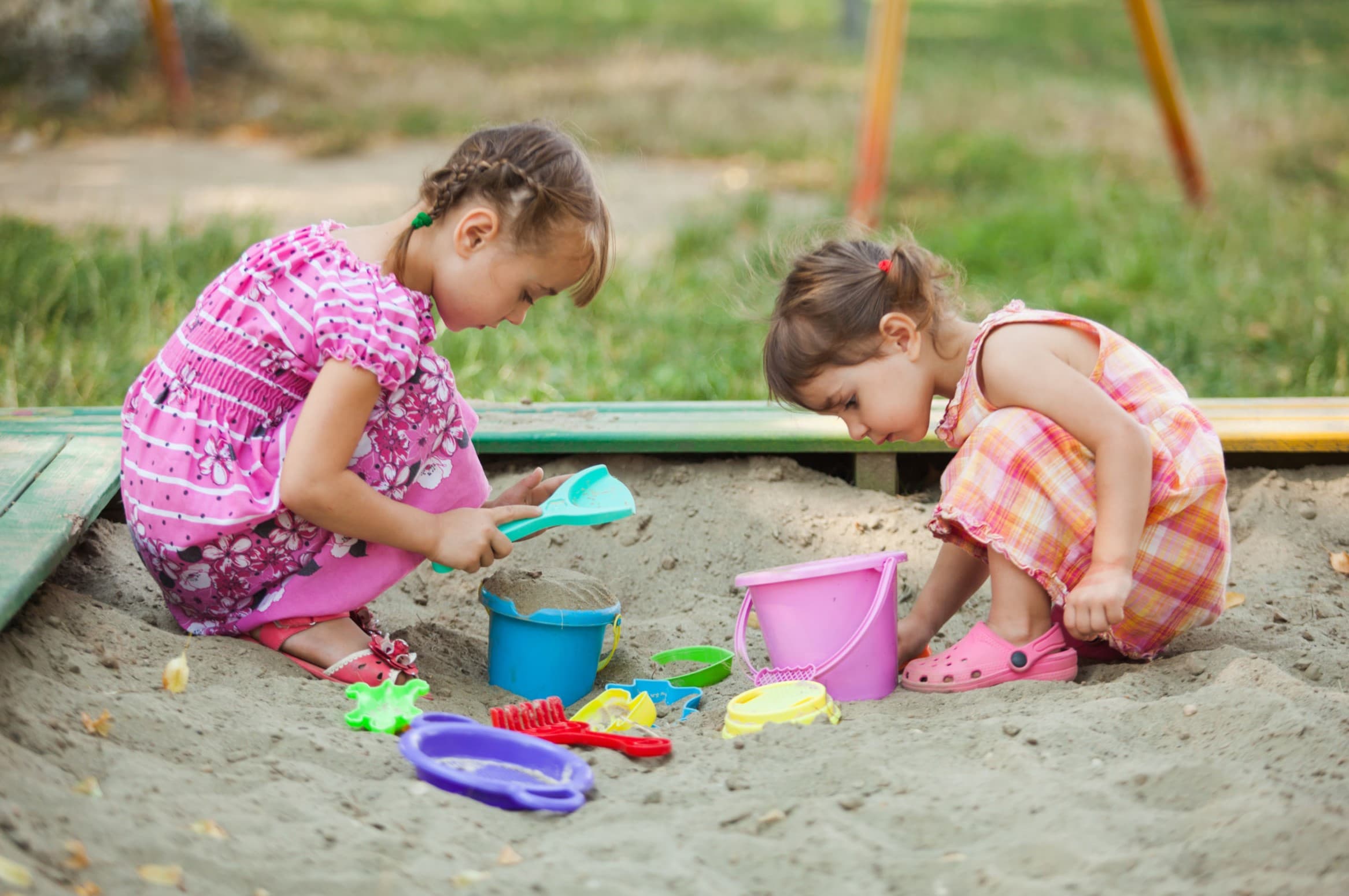
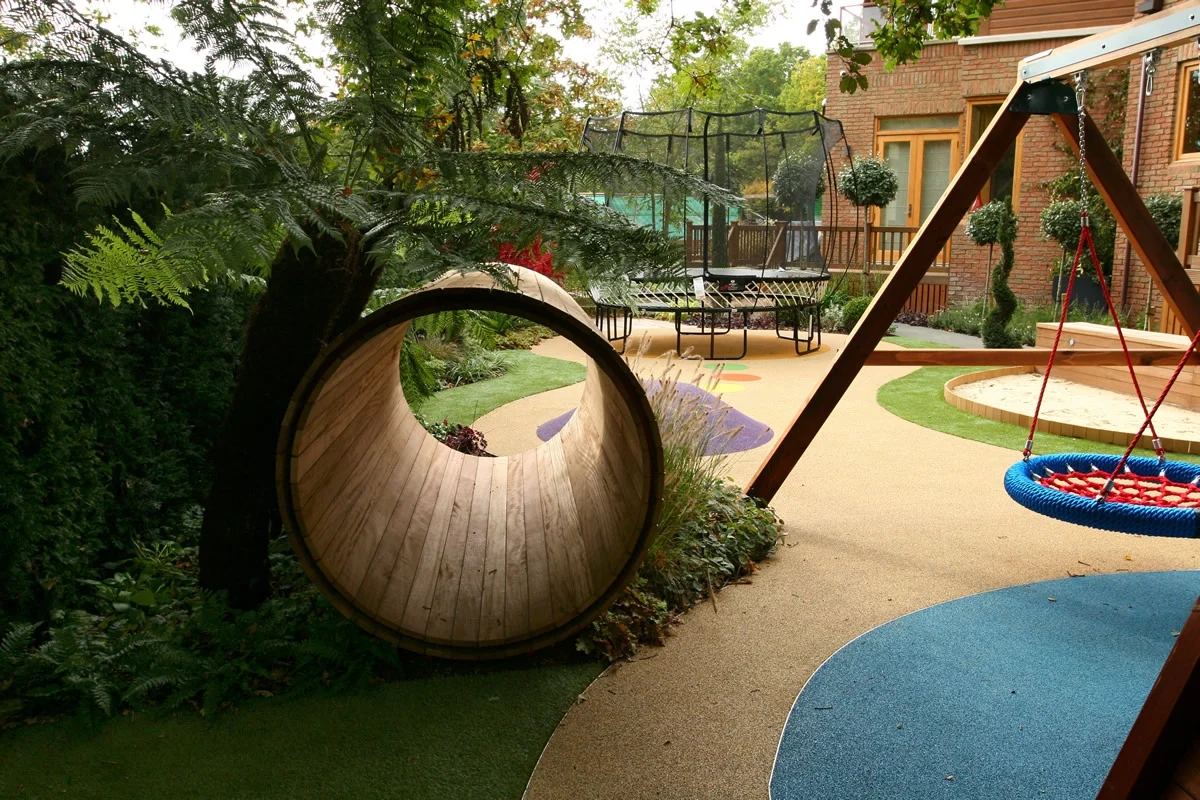

0 thoughts on “What Should Be In The Dramatic Play Area”